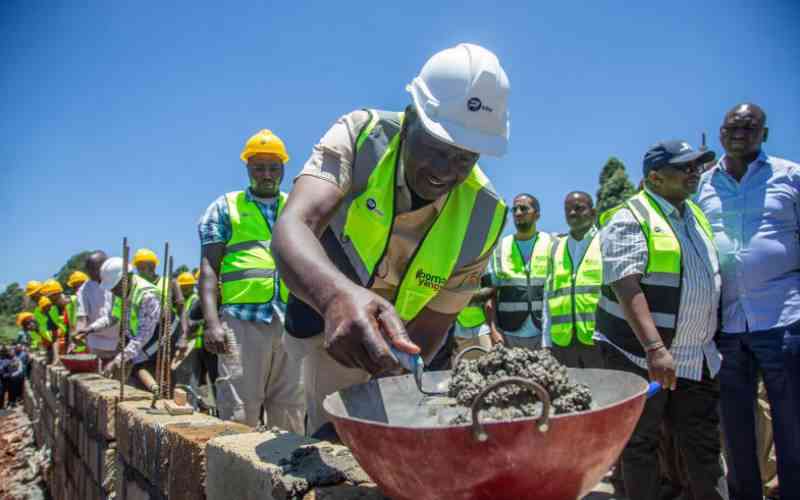
Sciatica, a painful nerve condition, has increasingly affected young mothers, sparking concern among healthcare providers about the growing prevalence. Known for causing radiating pain from the lower back through the buttocks and down the leg, sciatica can bring additional challenges to the already demanding life of a new mother.
Symptoms often range from sharp pain to tingling, numbness, or even muscle weakness, disrupting everyday activities and quality of life. While sciatica has generally been associated with age and lifestyle, recent data indicate an increase among younger individuals, especially postpartum mothers, drawing attention to the specific factors contributing to this trend.
The increase in sciatica among young mothers is rooted in both physiological and lifestyle factors related to motherhood. During pregnancy, women experience significant hormonal changes that cause joint relaxation, particularly around the pelvis. This relaxation, while necessary for childbirth, can inadvertently place additional strain on the sciatic nerve. Coupled with pregnancy weight gain, which puts increased pressure on the lower back, the sciatic nerve often becomes compressed, resulting in pain that persists post-pregnancy.
The responsibilities of childcare also play a role. Young mothers often find themselves seated for long periods during feeding, with some unknowingly adopting poor posture, such as slouching or bending incorrectly. The physical toll of repeatedly lifting, carrying, and bending over a newborn adds to the strain, especially for mothers who may already have weak core muscles. Additionally, the emotional and physical stress of motherhood can lead to muscle tension, further compressing the sciatic nerve and exacerbating symptoms.
The transition to parenting, especially in the early stages, frequently leads to a more sedentary routine, which not only weakens the muscles that support the spine, but also limits the natural stretching and strengthening activities essential for spine health.
Physiotherapy has emerged as a practical, non-invasive solution for young mothers struggling with sciatica. Offering relief and recovery without the need for medication or surgery, physiotherapy focuses on a personalised approach, addressing both symptoms and root causes.
One of the core elements of physiotherapy is manual therapy, a technique in which the therapist manipulates soft tissues and joints to relieve tension and improve blood circulation. Techniques like soft tissue mobilisation and spinal adjustments (often performed by chiropractors) play a crucial role in alleviating sciatic pain. Some therapists also incorporate dry needling, a method that releases trigger points in muscles, providing direct relief from tension and pain. In addition to hands-on treatments, therapists develop exercise plans for each patient, emphasising core strengthening, posture correction, and flexibility exercises that provide lasting relief and help prevent recurrence.
Another significant part of physiotherapy is education. Physiotherapists work closely with young mothers to instill good posture habits, both while sitting and standing, which helps alleviate the strain that leads to sciatica. They offer guidance on proper lifting techniques and ergonomic adjustments to daily routines that minimise unnecessary stress on the back and promote long-term spinal health.
For mothers managing busy routines, prevention is crucial. Some helping strategies include prioritising proper posture. Good posture while sitting, standing, and lifting is key to reducing spinal strain. Exercises that strengthen the abdomen and lower back provide essential support for the spine, minimizing the risk of sciatica.
When lifting heavy objects, bending the knees and keeping the object close to the body can prevent back strain.
Making simple adjustments like using a supportive chair and positioning workspaces at a comfortable height can help avoid back strain. Techniques like meditation, yoga, and deep breathing can reduce muscle tension, helping prevent sciatica flare-ups and supporting overall well-being.
Ms Konzie is a specialist in manual therapy and dry-needling therapy
 The Standard Group Plc is a multi-media organization with investments in media
platforms spanning newspaper print operations, television, radio broadcasting,
digital and online services. The Standard Group is recognized as a leading
multi-media house in Kenya with a key influence in matters of national and
international interest.
The Standard Group Plc is a multi-media organization with investments in media
platforms spanning newspaper print operations, television, radio broadcasting,
digital and online services. The Standard Group is recognized as a leading
multi-media house in Kenya with a key influence in matters of national and
international interest.
 The Standard Group Plc is a multi-media organization with investments in media
platforms spanning newspaper print operations, television, radio broadcasting,
digital and online services. The Standard Group is recognized as a leading
multi-media house in Kenya with a key influence in matters of national and
international interest.
The Standard Group Plc is a multi-media organization with investments in media
platforms spanning newspaper print operations, television, radio broadcasting,
digital and online services. The Standard Group is recognized as a leading
multi-media house in Kenya with a key influence in matters of national and
international interest.











